.jpg)
.jpg)
.jpg)
Key Takeaways:
- Masonry is an important construction technique that provides strength and durability to buildings.
- There are different types of masonry walls, including brick, concrete block, and stone walls, each with its own characteristics and uses.
- Materials commonly used in masonry work include bricks, blocks, mortar, and reinforcement, which contribute to the stability and strength of the structure.
- When constructing with masonry, factors such as frost depth and load-bearing capacity need to be considered to ensure the structural integrity of the building.
- Various construction techniques and materials can be employed in masonry, such as the use of reinforcing bars, mortar joints, and proper wall tie connections.
- Masonry construction offers advantages such as fire resistance, noise insulation, and aesthetic appeal, but it also has drawbacks including higher costs and longer construction times compared to other methods.
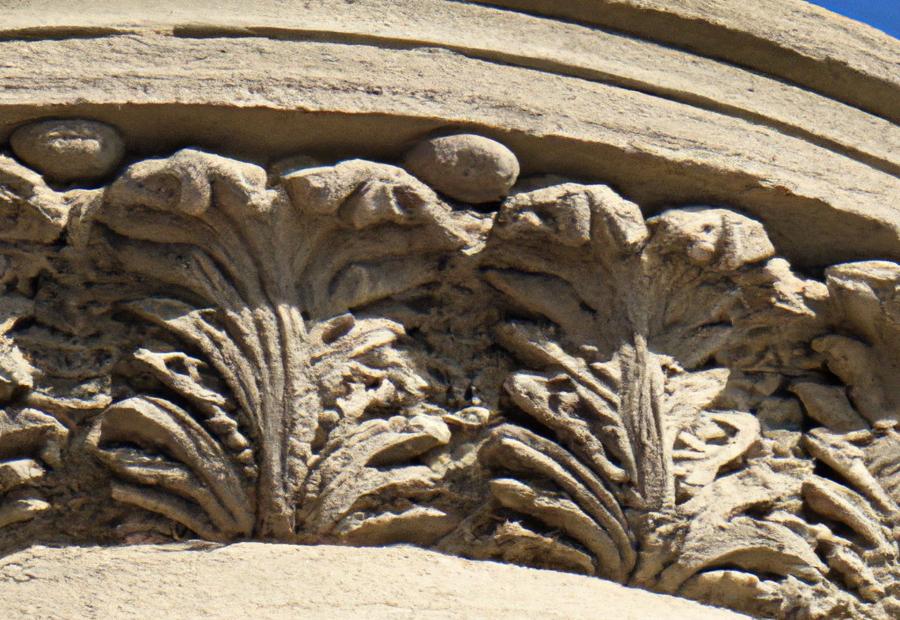


Photo Credits: Build-Wire.Com by Walter Wright
Masonry is a fundamental aspect of construction, and in this section, we will dig into its importance and various types of walls it encompasses. Discover the value that masonry brings to modern construction projects and uncover the different types of masonry walls that have stood the test of time. From sturdy brick structures to elegant stone facades, masonry has shaped our built environment for centuries.
Importance of Masonry in Construction
Masonry is essential in construction. It’s a strong and durable technique that has stood the test of time for centuries. It can endure severe weather and provides great thermal protection. Moreover, it offers fire resistance, noise reduction, and low maintenance. These perks make masonry an important choice.
There are many types of masonry walls. Examples include brick, concrete block, and stone masonry. Each has its own characteristics and aesthetic appeal. Brick masonry brings architectural beauty with its hues and texture, while concrete block masonry is known for being strong and cost-effective. Stone masonry adds a classic elegance to any structure.
In addition, various factors need to be considered when constructing masonry. For example, frost depth must be accounted for. This tells us how deep the ground freezes in cold climates. It helps determine the depth of foundation needed to prevent structural issues caused by ground freezing and thawing cycles. Also, load bearing capacity must be taken into account. It’s the maximum weight a wall can support without compromising safety.
Masonry has a long history. Ancient civilizations like the Egyptians and Romans used it for structures like pyramids and aqueducts. Throughout the years, people have recognized its importance in creating strong works of architecture. The skills and knowledge passed down through generations shape modern-day construction practices.
In conclusion, masonry is invaluable in construction. Its durability, strength, and advantages make it indispensable. There are various types of masonry walls to suit particular project needs. Plus, considerations like frost depth and load bearing capacity ensure the stability and longevity of masonry structures. History shows us the rich legacy of masonry and its role in architecture. Just like a wall, boundaries are important in both relationships and construction.
Types of Masonry Walls
Masonry walls are an important part of construction. They offer structural support and protection, making them necessary for the safety and integrity of a structure. Types of masonry walls are based on the materials used and construction techniques employed.
Let’s look at their features in a table format:
| Type of Masonry Wall | Description |
|---|---|
| Brick Walls | Made with bricks, these walls are versatile and provide good thermal insulation. Commonly seen in residential and commercial buildings. |
| Concrete Block Walls | Built with concrete blocks, these walls have enhanced strength and fire resistance. Often used for load-bearing purposes in tall constructions. |
| Stone Walls | Constructed with natural stones such as granite or limestone. Require skilled craftsmanship but offer great durability. |
| Composite Walls | Combine different masonry materials, like brick and stone. Allow for customization and maintain structural integrity. |
When selecting the right type of masonry wall, several factors should be taken into account. For example, the desired visual appeal and the intended use of the building. Climate conditions are also important. For example, brick or stone masonry may be the best option in areas with extreme temperature changes, since they provide better thermal insulation than concrete block walls. Evaluating all of these aspects allows architects and contractors to choose the most suitable type of masonry wall for the project. This ensures a successful construction and a durable, attractive end result.
Materials Used in Masonry Work
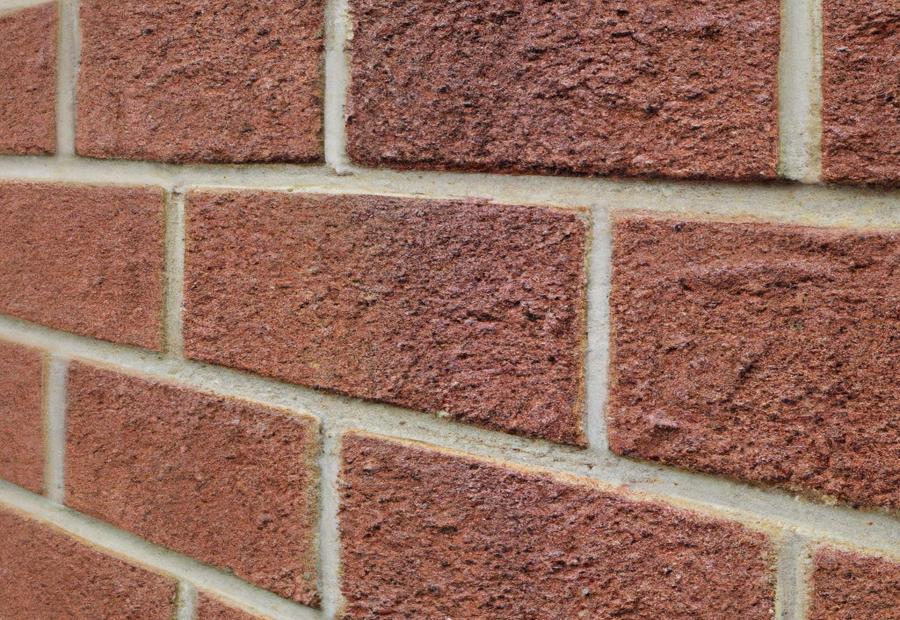


Photo Credits: Build-Wire.Com by Mason Davis
Masonry work involves several materials for creating long-lasting structures. Bricks are a popular choice for their durability, strength, and versatility. Stones are also a good option due to their natural beauty and robustness. Concrete blocks are a cost-effective selection that provide insulation. Mortar binds the materials together, providing stability and strength.
Reinforcement materials, like steel bars or mesh, are added to increase structure integrity. These are embedded in the masonry to prevent crumbling or cracking.
Specialized tools, like trowels, hammers, levels, and jointers, are essential for precise and accurate construction. Masons use these tools to properly lay and align materials to achieve a strong and attractive final product.
In summary, masonry work employs a wide range of materials, reinforcement materials, and tools to produce durable and visually pleasing structures.
Building Considerations in Masonry Construction
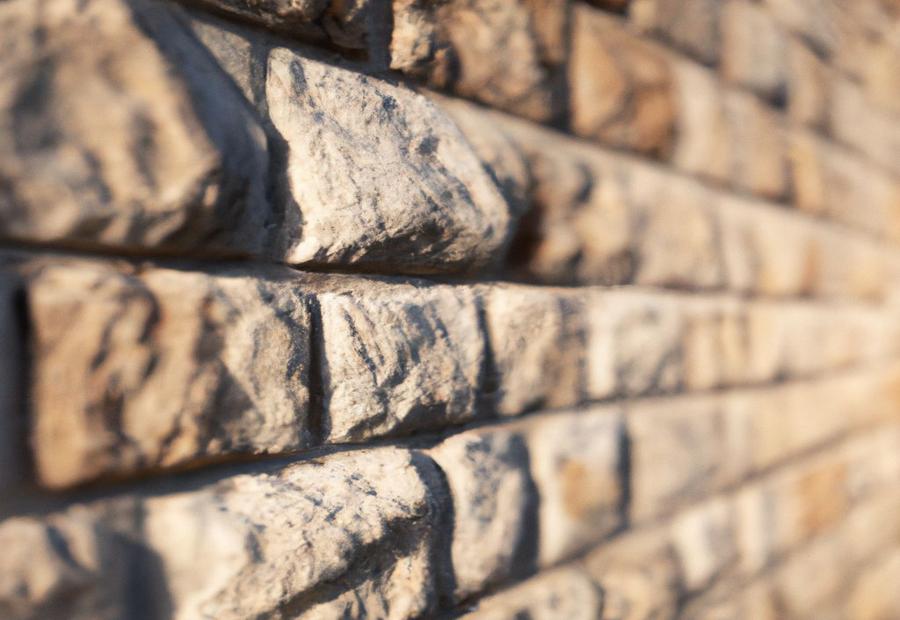


Photo Credits: Build-Wire.Com by Gerald Martinez
Building considerations play a significant role in masonry construction. In this section, we will explore two key aspects: frost depth and load-bearing. Discover how understanding the frost depth can impact the stability of masonry structures, and the importance of ensuring adequate load-bearing capacity for safe and durable construction. Get ready to dive into the essential considerations that shape the foundation of successful masonry projects.
Frost Depth
Professionally speaking, Frost Depth is the depth that frost penetrates into the ground during winter. It’s important for masonry construction, as it affects stability and durability.
To discuss it in an organized way, here is a table:
| Location | Depth Range | Impact |
|---|---|---|
| Geographical places where Frost Depth varies | The depths at which frost can reach in each location | Effects of frost on masonry structures, like damage or preventive measures |
It’s essential to know that Frost Depth can be different. This is due to climate, soil type, and insulation during construction. So, regional characteristics of Frost Depth should be taken into account when designing masonry walls.
Regarding history, people have been aware of Frost Depth in cold areas for a long time. They’ve developed techniques and materials to prevent issues like heaving or cracking due to frost. This knowledge has made masonry construction methods better over time.
Load Bearing
Ready to build a load-bearing masonry structure? Keep these factors in mind for long-term stability and safety!
A table showing load-bearing considerations is provided.
Different masonry wall types have varying load-bearing capacities. Solid, cavity, and reinforced walls require proper selection and construction techniques.
Foundation strength is essential for the weight of the structure being distributed properly. Structural reinforcements such as steel bars or mesh may be used in high-rise buildings or areas with external forces.
Wall thickness also affects load-bearing capability. Thicker walls have higher capacity, but thinner walls may need extra reinforcement.
Frost depth is another important factor. It can cause soil heaving or movement, compromising load-bearing capabilities.
Take measures to prevent movement caused by freezing soil, such as installing frost footings or extending foundation walls below the frost line.
Follow load-bearing requirements and consider external factors such as frost depth. Build a masonry structure with the assurance that it will safely support the building’s weight for years to come!
Construction Techniques and Materials
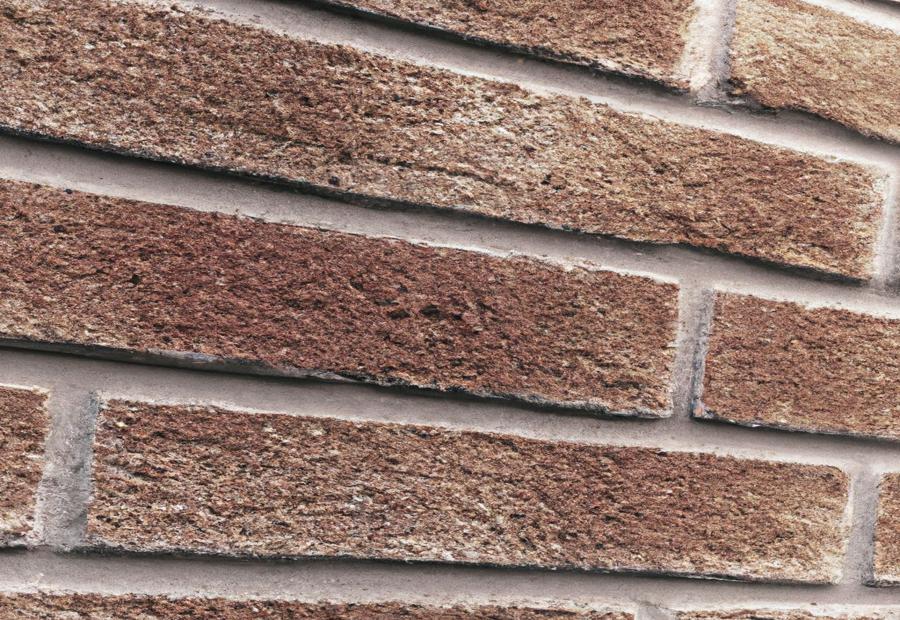


Photo Credits: Build-Wire.Com by Ronald Flores
The construction industry utilizes a range of techniques and materials for the building of durable and efficient structures. One such technique is masonry, which involves utilizing bricks or stone blocks to build walls, foundations, and other structural elements. Masonry offers numerous benefits – strength, fire resistance, and aesthetic appeal. It can be used in various types of projects, from residential homes to large commercial buildings. By selecting the right materials and techniques, masonry can create structures that last.
Masonry construction requires arranging bricks or stone blocks in a pattern and bonding them together with mortar. The mortar acts as a powerful adhesive, holding the individual units in place and providing extra strength to the structure. Different types of mortar can be utilized, depending on the project’s requirements. For example, a stronger mortar may be used for load-bearing walls, while a more flexible mortar may be chosen for decorative purposes. Additionally, masonry walls can be reinforced with steel bars or mesh for added strength and stability.
One unique aspect of masonry construction is its capability to create intricate designs and patterns. Different colors, textures, and sizes of bricks or stone blocks can result in aesthetically pleasing structures. Moreover, masonry can be combined with other construction techniques, like steel framing or concrete, to create hybrid structures with optimal strength and durability. This versatility allows architects and builders to explore various design possibilities while guaranteeing the structural integrity of the building.
A brilliant example of the effectiveness of masonry construction is found in the ancient Roman architecture. The Romans were renowned for their spectacular structures, such as the Colosseum and the Pantheon, which were constructed using sophisticated masonry techniques. These structures have withstood the test of time and still remain today, showcasing the durability and longevity of masonry construction. Nowadays, masonry is still a popular choice in construction due to its proven track record and ability to create enduring and visually appealing structures.
Advantages and Disadvantages of Masonry Construction
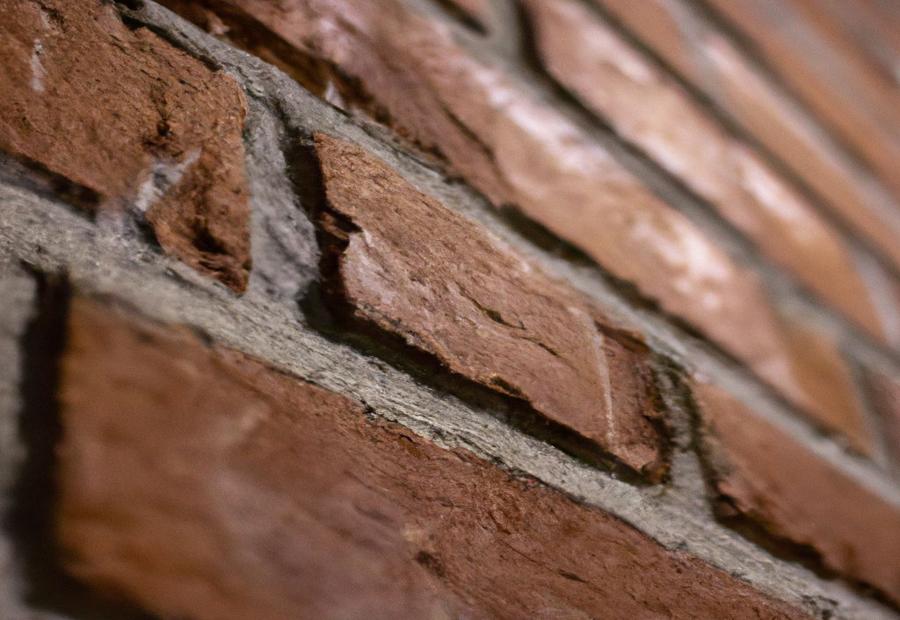


Photo Credits: Build-Wire.Com by Dennis Rodriguez
Masonry construction has many advantages and disadvantages. Firstly, its durability and strength are noteworthy. Brick and stone buildings can stand the test of time and weather. Furthermore, it gives excellent fire resistance.
The energy efficiency is another plus. Masonry materials, such as bricks and stones, have high thermal mass. This helps regulate indoor temperatures, reducing the need for extra heating or cooling and decreasing energy consumption.
Plus, it is aesthetically pleasing. Different types of bricks, stones, or blocks allow creative design possibilities. It also provides sound insulation, making the indoors quieter.
On the downside, it is costly. Materials and skilled labor cost more. Also, water damage is a risk. Lack of maintenance or improper installation can lead to water infiltration and deterioration. Therefore, waterproofing is important.
To conclude, masonry construction has many advantages, but it’s important to consider the drawbacks. Cost is high and maintenance is necessary to prevent water damage. It’s vital to understand the pros and cons before choosing construction methods.
Interesting fact: masonry construction has been around for centuries; its robustness and timeless appeal make it popular worldwide.
Conclusion
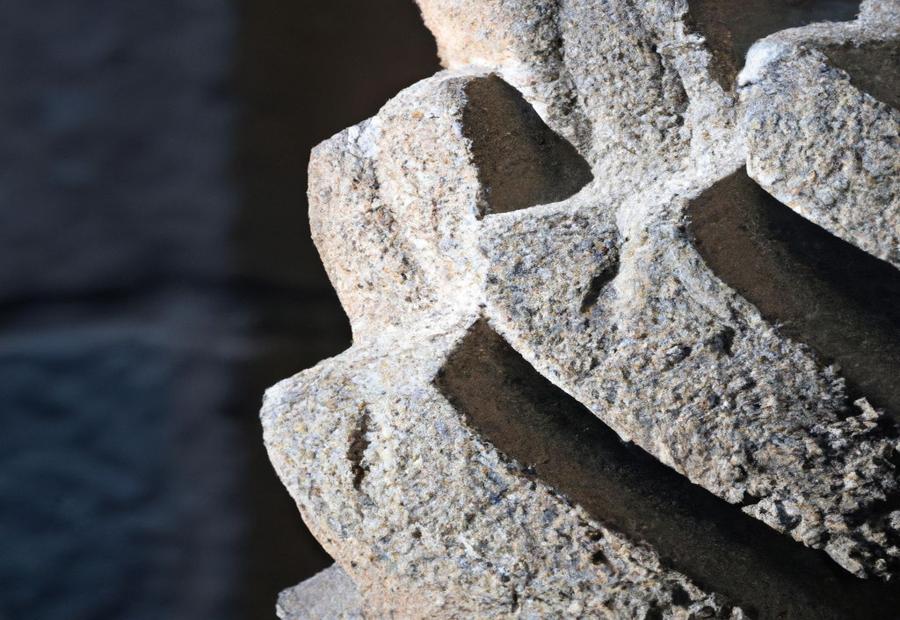


Photo Credits: Build-Wire.Com by Gregory Gonzalez
Masonry is an age-old construction technique that uses individual units laid in mortar. It can be used to build structures like buildings, walls, and monuments. Masonry is known for its durability, strength, and aesthetic appeal.
It is commonly constructed with materials such as brick, stone, and concrete. This technique offers numerous advantages. It is resistant to fire, extreme weather, and environmental factors, making it a reliable choice for construction projects. Masonry also provides excellent thermal insulation and soundproofing.
The precision and craftsmanship involved in masonry work guarantee quality and beauty. This technique is also flexible, allowing architects and builders to create structures with various shapes, sizes, and textures. From historical landmarks to modern buildings, masonry is adaptable and timeless.
Some Facts About Masonry:
- ✅ Masonry refers to the use of brick, concrete blocks, structural clay tile, and stone held together with mortar. (Source: Civiltoday.com)
- ✅ Masonry walls are the most durable part of any building and can be used for various purposes such as building construction, property boundaries, and structural walls. (Source: Civiltoday.com)
- ✅ There are different types of masonry walls used in building construction, including load-bearing, reinforced, hollow/cavity, composite, and post-tensioned walls. (Source: Civiltoday.com)
- ✅ Reinforced masonry walls are made with brick, concrete, or other masonry materials strengthened with additional building materials to increase resistance to deterioration and stress. (Source: Civiltoday.com)
- ✅ Masonry construction offers advantages such as improved fire protection, resistance against rotting, pests, weather, and natural disasters, an attractive look, increased thermal mass, longer lifespan, and improved resale value. (Source: Ny-engineers.com)
FAQs about What Is Masonry
What is masonry and its importance in construction?
Masonry refers to the use of brick, concrete blocks, structural clay tile, and stone held together with mortar. It has been one of the most important building materials throughout history. It is used for various purposes such as building construction, property boundaries, and structural walls. Masonry walls are known for their durability and can be used as load-bearing or non-load bearing walls.
What are the different types of masonry walls?
There are different types of masonry walls used in building construction, including load-bearing, reinforced, hollow/cavity, composite, and post-tensioned walls. Load-bearing walls bear the weight of the structure and can be made of brick, concrete blocks, or stone. Non-load bearing walls only support themselves and the attached cladding or sheathings.
What are the advantages and disadvantages of masonry construction?
Masonry construction offers advantages such as improved fire protection, resistance against rotting, pests, weather, and natural disasters, an attractive look, ability to withstand compressive weight loads, increased thermal mass, longer lifespan, improved resale value, and resistance against rot and insects. However, it also has disadvantages such as the need for special transportation for heavy materials, dependence on a stable foundation, limitations during adverse weather conditions, and the requirement for time and planning.
How does masonry handle seismic resistance?
Reinforced masonry walls are made with additional building materials to increase resistance to deterioration and stress. This type of wall can be load-bearing or non-load bearing. Reinforced walls can resist pressure forces and heavy compression loads, making them more resistant to earthquakes and other natural disasters.
What are the basics of masonry repairs?
Masonry repairs involve fixing damaged or deteriorated masonry structures. This can include replacing bricks or stones, repairing cracks or mortar joints, and addressing any structural issues. Masonry repairs should be done by professionals to ensure the longevity and safety of the structure.
What are the benefits of using bagged mixes in masonry construction?
Bagged mixes, such as bagged mortar or concrete, offer convenience and ease of use in masonry construction. They allow for consistent and accurate mixing ratios, reducing the chances of errors. Bagged mixes also eliminate the need for on-site mixing and measuring of ingredients, saving time and labor costs.
